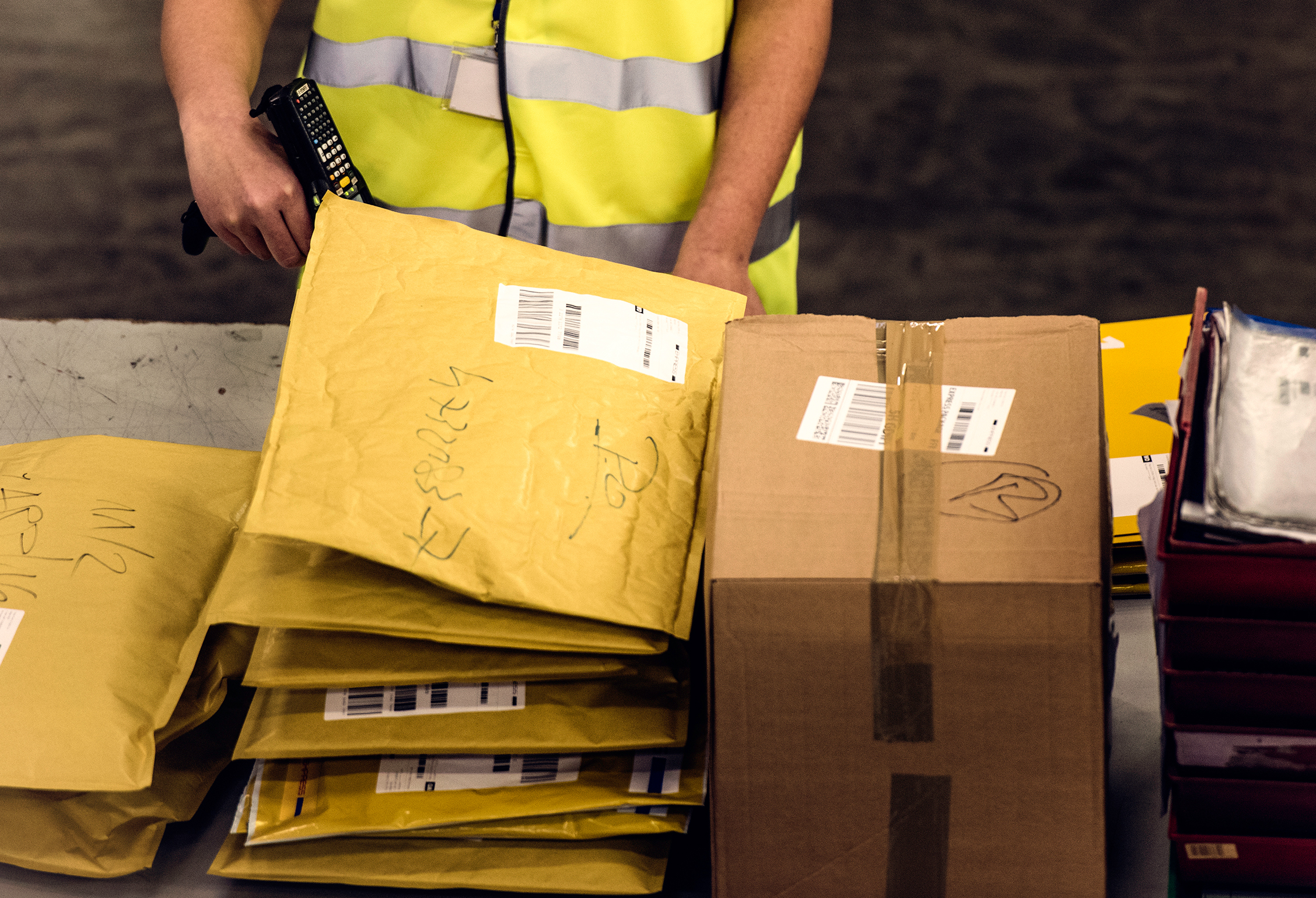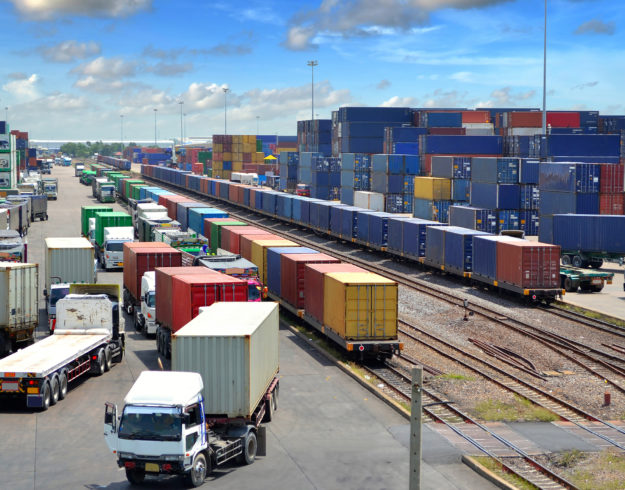At Stephen Gould, we manage all aspects of returns and exchanges, creating a turnkey process for companies of all sizes. This service often includes eCommerce Store Integration, Inventory Management, Quality & Inspection Services, Return Merchandise Authorization (RMA) and Freight Management.
The reverse logistics process has become a key component of many successful and streamlined supply chains. But what are reverse logistics? How do they affect your business’ supply chain? What can your company do to leverage reverse logistics and improve your bottom line?
Our comprehensive guide covers the importance of reverse logistics in your supply chain. Beyond covering the basics to reverse logistics, this guide explains the benefits of reverse logistics and provides ways to measure and assess your company’s reverse logistics system.
What Are Reverse Logistics?
Reverse logistics is all the operational processes involved in moving goods from end customers back to sellers and manufacturers. It is typically associated with merchandise returns and exchanges, but also can include product recycling, refurbishing, and resale.
As the name implies, reverse logistics is focused on moving goods and materials backwards through a supply chain.
The goal of reverse logistics is to recapture value and ensure repeat customers. It is estimated that thirty percent of ecommerce purchases are returned, as compared to less than ten percent of in-store purchases. Every year, returns account for almost a trillion dollars worldwide. Reverse logistics is essential to minimizing losses related to returns and earning repeat business from customers.
The Rise of Reverse Logistics
Reusing products and materials is not a brand new practice. However, reverse logistics is fairly new. Reverse logistics systems have only emerged within the last few decades with the growth of ecommerce.
The overwhelming volume returns and the cost of processing them is one of the biggest challenges in ecommerce freight logistics. In some industries, the volume of returns can be as high as fifty percent of total shipments. Some studies show the real costs of returns can eat up three to five percent of total revenue. For traditional brick-and-mortar retail, returns are three to four times more expensive than outbound shipments.
Many companies think of reverse logistics as a hassle, but investing in reverse logistics can lead to long-term benefits like improved customer experience, decreased resource investments, and reduced storage costs. Reverse logistics should be seen as an opportunity to create a competitive advantage and deepen customer loyalty.
The Benefits of Reverse Logistics
Implementing an effective reverse logistics system has many benefits, including the following.
Cost Reduction
Planning ahead for returns and ensuring correct processing of return orders will help reduce a number of related costs, including administration, shipping, transportation, and more.
Fast Service
Having the capability to provide quick refund and replacement of goods builds trust with customers and enhances your brand’s reputation.
Customer Retention
Reverse logistics offer an opportunity to quickly respond to fulfillment errors and prevent negative customer experiences, which can be just as valuable as making a sale.
Loss Reduction
Repurposing and restocking returned items on a secondary allows you convert a potential loss into an asset.


